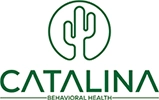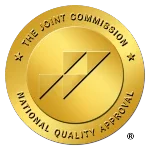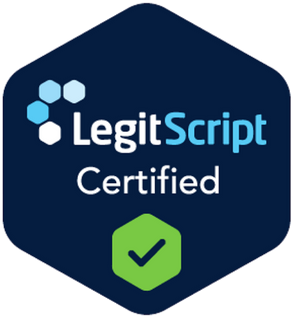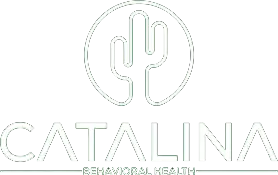Finding Help for Prescription Drugs
Prescription drug abuse ruins the lives of many people close to the individual with abuse challenges. It ruins trusting relationships and robs one of dignity and integrity. A prescription drug abuse victim may find it difficult, if not impossible, to imagine a future in which they are not chronically high. Prescription drug addiction treatment with Catalina can help change that vision.
While it’s true that many people experiment with prescription drugs for the first time voluntarily (whether out of curiosity to see what it’s like to get high, peer pressure, or other reasons), it’s important to remember that this behavior is not indicative of moral weakness. Getting sober after battling prescription drug abuse is difficult and requires more than just determination and resolve.
Those who suffer from prescription drug abuse can find assistance at facilities like Catalina Behavioral Health. Now is a great moment to get assistance for prescription drugs if you need it or if you know someone who does!
Get Prescription Drug Treatment Options Now!
Treating Prescription Drug Abuse
One of the first steps on the road to recovery is admitting that you have a problem and you can’t quit alone. This may seem simple, but most addicts actually suffer from impaired judgment due to their prescription drug addiction and are in denial about it.
Users in the throes of their disease will often insist they are not suffering from an active prescription drug addiction or at least that they are in control of their prescription drug abuse, despite the fact that they have a clear understanding of the harm they are inflicting on themselves.
Methods Used to Treat Substance Use Disorders Effectively
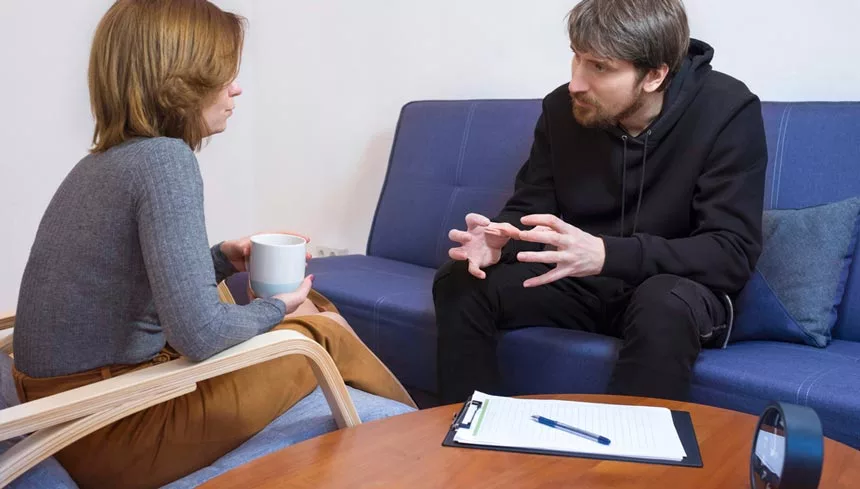
Counseling, a safe atmosphere, and the expertise of trained professionals all come together in prescription drug abuse recovery programs to assist patients in overcoming their underlying cravings for narcotics, be they prescription opioids or other drugs.
An individual’s unique requirements and the kind of drug abuse taking place will determine the best course of action for treatment and recovery. Although there is a wide range of care available, the majority of experts employ some combination of behavioral and medical therapies, often delivered in either outpatient or inpatient settings. In cases where an individual’s level of reliance is too great for them to go through the process alone, group therapy is an option.
Most centers for substance abuse recovery accept a wide range of payment options to guarantee that no one is turned away because of their inability to pay. When it comes to scheduling, pick the app that best suits your needs. Prescription drug abuse treatment and counseling for those with a prescription drug problem.
Individual and group rehabilitation programs at Catalina Behavioral Health focus on medical therapy, but the facility also addresses other issues and approaches to health restoration. Treatment emphasis can be categorized into:
Cognitive Behavioral Therapy
The goal of cognitive behavior therapy is to help clients identify and change the underlying ideas and actions that contribute to their drug use. During treatment, the individual is expected to reflect on his or her situation and consider methods to make improvements. Identifying the need to seek emotional support and awareness of mental health conditions are important skills learned while in treatment at Catalina.
As the saying goes, “Change starts inside before it can materialize outside.” This is the guiding premise of this method. Cognitive behavior therapy seeks to help clients build skills of resilience to cope with unpleasant emotions, which are crucial in rehabilitation. There is evidence that using this method can help those struggling with prescription drugs and depression.
Holistic Forms of Treatment

Treatments for substance abuse that use a holistic approach take into account the patient’s physical and emotional, and spiritual aspects. Practitioners of holistic medicine hold the view that a person’s total well-being (biological, psychological, and, in some cases, spiritual) is necessary for full physical recovery.
Drug abuse treatment that takes a holistic approach considers the whole person, not just their addiction. A healthy diet, outdoor activities, new experiences, creative pursuits, and the composing and performing of music and poetry are all part of a holistic approach to treating prescription drug abuse.
Keeping the client actively engaged in positive activities, helps to lessen the likelihood of a relapse. In addition, the calming effects of these addiction and mental health treatments make them ideal for introspection and reflection.
24 Hour Addiction Treatment – Get Help Now
Why Do I Need a Residential Treatment Facility?
This refers to when a client chooses to live in a treatment center while undergoing rehabilitation. Those severely dependent on prescription medicines and unable to recover without constant monitoring are good candidates for inpatient rehabilitation.
Someone in need of inpatient rehabilitation can check into a facility either close to home or far away. When someone chooses a treatment center outside of their home state, it is usually to avoid temptations to return to old habits of abusing prescription drugs.
The medical monitoring patients get during inpatient rehabilitation greatly enhances the likelihood of a comprehensive recovery from prescription medication addiction. In addition, inpatient treatment’s isolation and distraction-free environment allow patients to devote all of their energy to healing and getting their lives back on track.
Detoxing from Prescription Drug Abuse
The goal of detoxification is to eliminate the harmful substances in the body that have been triggered by prescription drug abuse. Individual and group therapy are also frequently used in residential treatment. In these cases, rapid restoration of health is prioritized. Mind and body are strengthened via both outdoor and indoor pursuits.
During this time, the patient will visit with the psychiatrist at predetermined intervals (typically once per week). This is crucial for keeping tabs on the patient’s recovery. One can also get support from others going through similar experiences at these community group gatherings.
Newcomers to the group are warmly welcomed, and members share their own personal stories of making improvements. Members of such a group benefit greatly from being able to communicate with and get guidance from one another.
During one’s time at a rehabilitation center, they are able to make use of amenities like yoga classes and other forms of recreation. Time spent in treatment is relative to the severity of the addiction and the rate of the client’s recovery from prescription drugs.
Benefits of Inpatient Treatment for Prescription Drug Misuse

Last but not least, those in recovery are encouraged to participate in educational programs designed to make them better individuals in the long run. Some of the discussions are meant to inspire and urge patients to give up their addictions and begin a process of personal development. Intensive therapy is practiced throughout our inpatient rehab programs.
There are several benefits to attending an inpatient rehabilitation center:
- By removing themselves from their usual environments, clients are better able to focus entirely on their rehabilitation from prescription drug use.
- A person is placed in an amenable setting where they can access help from trained experts whenever needed. This provides the sufferers hope that they will get well after years of misusing prescription drugs.
- The constant monitoring allows doctors to adjust a client’s treatment based on how well it’s working.
- Clients at residential treatment centers are exposed to transformative interventions designed to prepare them for life following detox and rehabilitation for prescription drug use.
- Since detoxification is often performed, and one is only released once they have demonstrated the ability to manage the impulse to misuse, the likelihood of relapse is low.
- All sensitive information is extremely secure.
Outpatient Care for Prescription Drug Use
The client leaves their home and travels to the treatment center for their sessions before returning home. Depending on your schedule and preferences, you may do this once a day, once a week, or once a month. The primary benefit of outpatient rehabilitation, especially with a structured IOP program (Intensive Outpatient) over inpatient rehabilitation is that patients are free to go about their daily lives outside of treatment.
In contrast to inpatient rehab, which requires clients to live away from home, outpatient care allows clients to remain actively involved in their daily lives and to access the emotional support of loved ones at all times. Cost-wise, outpatient treatment centers provide significant savings over their in-patient counterparts due to the absence of mandatory lodging requirements.
One-on-One Therapy
Individualized therapy, often known as counseling, involves a client being assigned a healthcare provider with whom they may have regular one-on-one sessions to aid in their rehabilitation. This is an option for both in-house and out-of-house rehabilitation programs.
An atmosphere that the client perceives as safe, compassionate, and confidential is conducive to effective customized therapy. They feel safe enough to share their thoughts and emotions, their struggles, and the places in their lives where they can improve.
Client reflection, formulating fresh objectives and creating action plans all benefit from individualized therapy. Each patient’s demands are considered while developing a treatment plan to combat prescription drug use and/or opioid addiction.
Group Therapy for Prescription Drugs
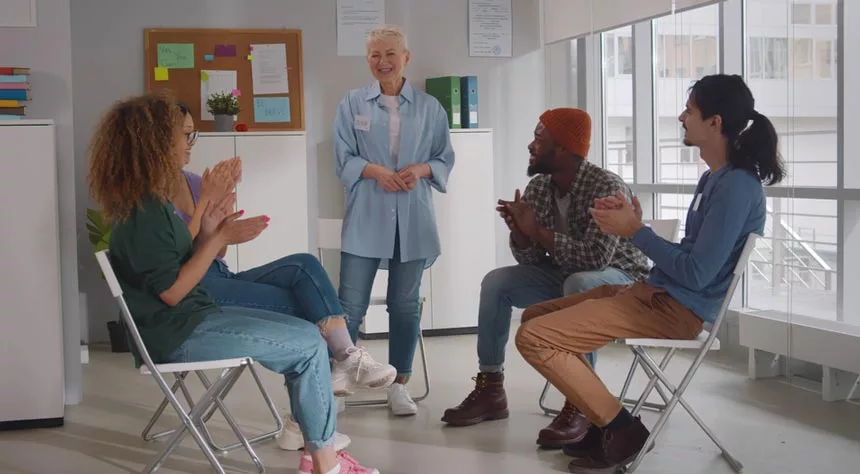
Group therapy, on the other hand, entails having a number of clients assigned to the same set of clinicians for their mental health treatment. Although it is somewhat uncommon for individual and group therapy to work together, group therapy is most effective when used with people who share a problem.
Most forms of group therapy utilize some form of psychoeducation, wherein all members are instructed in the same framework with regard to topics like drug and alcohol education, nutrition guidance, and family education. It is also possible to schedule treatment for the entire group at once. One of the benefits of group therapy is the opportunity to feel accepted and nurtured by peers.
Nutritional Therapy for Prescription Drugs
Both talk therapy and cognitive behavioral therapy address important aspects of mental health healing that continue to be relevant even after formal rehabilitation has ended. Patients going through detox should get nutritional counseling. Patients should also be educated on the benefits of specific meals that might aid in the recovery of their physical and mental health.
Aftercare Planning in Recovery from Prescription Medication Abuse
Consideration should also be given to the process of discharging the patient from care. How long a patient spends in rehabilitation depends on their treatment plan.
In the case of individual treatment, one might opt to stick with the plan until they feel better. Since everyone responds differently to treatment, this might be challenging in a group setting. Mostly, group treatments are directed by a similar curriculum after which the complete team is dismissed.
Clients undergoing any treatment option should be enrolled in a self-help program, either on an individual or group basis. Poor follow-up is a leading cause of recurrence; thus, it is crucial to have a well-defined strategy for continuous treatment.
Medication Assisted Treatment
Clients may use Suboxone (naloxone and buprenorphine treatment) to help relieve withdrawal symptoms of opioid painkillers during the initial stages of detox. However, the medication may be effective long-term as part of a medication-assisted treatment program.
An overdose is possible, even though Suboxone is designed to assist clients and prevent them as they begin their recovery. Although injection is the most dangerous route of delivery, it is possible to overdose on Suboxone in any form (strips, tablets, etc.) if the dose is high enough.
Every person’s physiology and tolerance to drugs is different; hence there is no universally risky dose of Suboxone.
It’s important to look out for the signs of Suboxone toxicity to prevent emergency situations.
Signs include:
- Tight pupils
- Blurry vision
- Drowsiness
- Dizziness
- Shallow breathing
- Blue lips
- Fainting
- Collapse
- Loss of consciousness
If you see any of these overdose signs in yourself or a loved one, contact 911 straight away. Substance abuse resulting in overdose is a serious health risk. Many people who have narrowly avoided death from an overdose are motivated to seek treatment for their substance abuse after experiencing what they perceive to be a near-death experience.
Although there is currently no silver bullet for addiction, rehabilitation programs have been shown to be effective. Long, healthy lives, free from prescription drug dependence, are achievable with the help of treatment and medical care.
What is the Cost of Treatment for Addiction to Prescription Drugs?
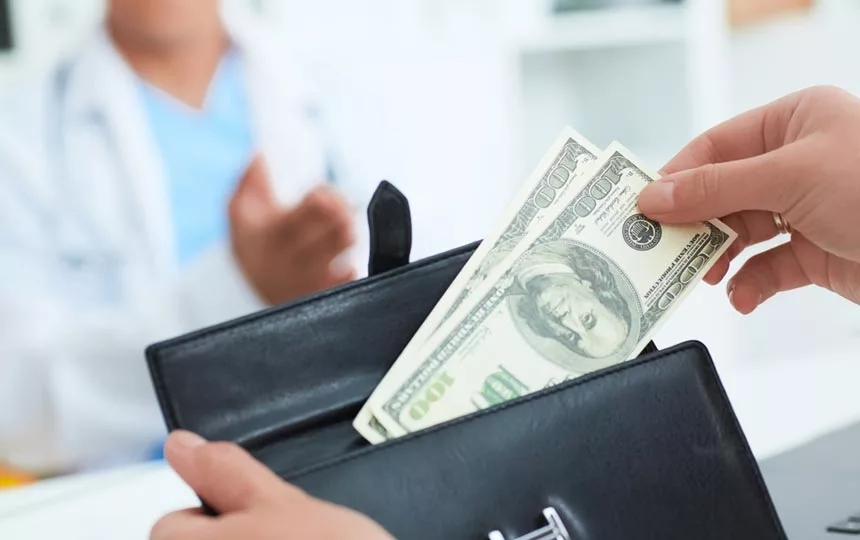
Going to rehab is highly vital for the recovery of any addicted individual. SAMHSA (the Substance Abuse and Mental Health Services Administration) Unfortunately, many individuals are worried about the price. The high price of rehabilitation is a major deterrent for many people. It’s important to ask yourself the following questions:
- What is the price? With this information, one may determine which of the many rehabilitation centers is within their financial means.
- Is there a cost associated with entering rehab? Because there are groups and individuals who get financing from charities and well-wishers to help with rehabilitation, there is no need for clients to shoulder the financial burden alone.
- How much does this therapy cost? Is there a difference in price depending on how long or short the stay is?
- What insurance does the rehab facility take?
Prescription Drug Addiction Treatment: Is Long-Term Recovery Possible?
Let’s talk about some of the less thought-about methods that take place during addiction treatment. These might be less technical methods – but they still, play a big role in helping individuals recover from prescription drug addiction.
Reconciling Families
The purpose of attending a family therapy program is to strengthen bonds among family members. Our clinical staff will do all in its power to encourage you and your loved ones, pinpoint areas where you can improve, and create a setting where everyone may flourish.
By understanding the intricate dynamics at play in your family dynamic, our team will be more equipped to facilitate everyone’s own growth and healing.
Immediate Placement for Addiction Treatment
Relapse Prevention Groups and Planning
In order to avoid recurrence, it is essential to participate in a relapse therapy program. Overdose is a real possibility for everyone who starts using drugs or alcohol again. You could feel that you can drink or use drugs at the same rate you did before you got help. You used to be able to manage higher doses of drugs, but now that you’re clean, you can’t.
A relapse prevention group gives you an extended support structure to hold you accountable during your time after treatment. These might be similar to 12-step programs or other group recovery meetings you’ve experienced before.
Long-Term Success with Catalina Behavioral Health
At Catalina Behavioral Health, we’re dedicated to helping you achieve long-term success. By providing you with a wide network of different options during addiction treatment.
With a number of different therapeutic approaches, clients have a real chance to experience the true meaning of healing, gaining knowledge about their substance use issues along the way.
If you or someone you love can benefit from addiction treatment, contact a member of our admissions specialist today at Catalina Behavioral Health – don’t ignore your wellbeing any longer.

